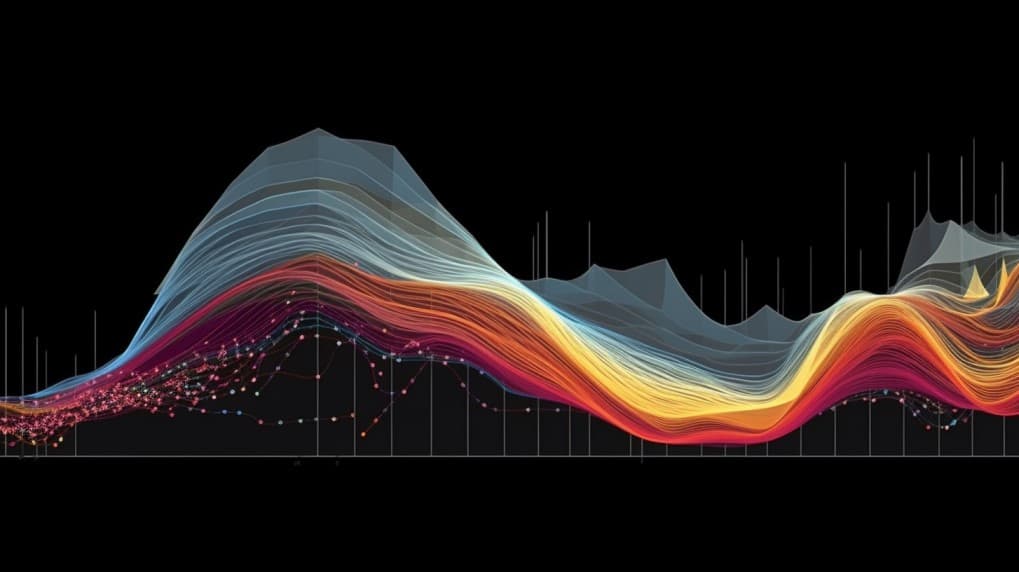
EFA vs LQD Capitalization Strategy
Understanding the difference between EFA and LQD is crucial for investors who want to diversify their portfolios and maximize returns. Both are popular exchange-traded funds (ETFs) but focus on different market sectors and have unique investment strategies. In this guide, we'll break down the features of each to help you decide which suits your financial goals.
EFA vs LQD Overview
EFA (iShares MSCI EAFE ETF) focuses on international equity markets, excluding the U.S. and Canada. It aims to track the MSCI EAFE Index and provides investors exposure to Europe, Australasia, and the Far East. On the other hand, LQD (iShares iBoxx $ Investment Grade Corporate Bond ETF) is aimed at the U.S. bond market, tracking the Markit iBoxx USD Liquid Investment Grade Index. While EFA provides geographical diversification, LQD focuses on investment-grade corporate bonds, making it a safer bet during market volatility.
EFA vs LQD Sectors and Top Holdings
EFA primarily invests in large and mid-cap stocks from developed markets in sectors like Financials, Healthcare, and Consumer Discretionary. Top holdings often include companies like Nestle, Roche, and Toyota. Conversely, LQD's top holdings are in investment-grade corporate bonds from sectors such as Technology, Health, and Utilities. This means it includes bonds from companies like Apple Inc., Microsoft Corp., and Verizon Communications Inc.
 EFA overlap EFA VS LQD: A Comprehensive Comparison of ETFs
EFA overlap EFA VS LQD: A Comprehensive Comparison of ETFs
EFA vs LQD Capitalization Strategy
Capitalization strategy differs substantially between EFA and LQD. EFA employs a market capitalization-weighted index strategy, which means that the largest companies in the index get a more significant chunk of the ETF's assets. In contrast, LQD uses a rules-based method for its index, focusing on liquidity and bond quality. This often means that bonds with higher liquidity and credit quality get more considerable weighting in the portfolio.
EFA vs LQD Tracking and Exposure
When it comes to tracking and exposure, EFA has a more volatile approach given its international exposure. Factors like currency risk and geopolitical tensions can affect the ETF's performance. LQD, on the other hand, provides more stable returns but may offer lower yields, especially in a low-interest-rate environment. Its focus on investment-grade bonds makes it less susceptible to market fluctuations and offers a safe haven during times of market stress.
Conclusion:
Choosing between EFA and LQD depends on your risk tolerance, investment goals, and need for diversification. EFA offers a more aggressive strategy focusing on international equity markets, while LQD provides a more conservative approach with its focus on investment-grade corporate bonds. While EFA may be more suitable for investors looking for long-term growth and international exposure, LQD is ideal for those seeking stable and consistent returns.
By understanding the key differences in sectors, top holdings, capitalization strategies, and tracking exposure between EFA and LQD, you can make an informed decision that aligns with your financial objectives.
EFA ETF issuer
EFA ETF official page
EFA quote and analysis
Discover the top holdings, correlations, and overlaps of ETFs using our visualization tool.
Our app allows you to build and track your portfolio.
To learn more about the EFA iShares MSCI EAFE ETF, access our dedicated page now.